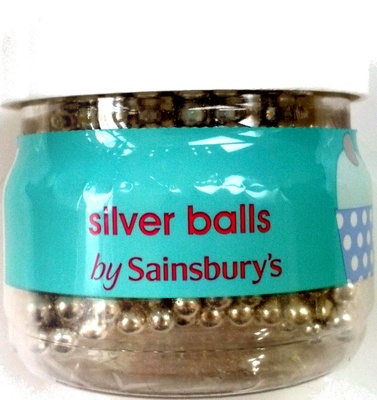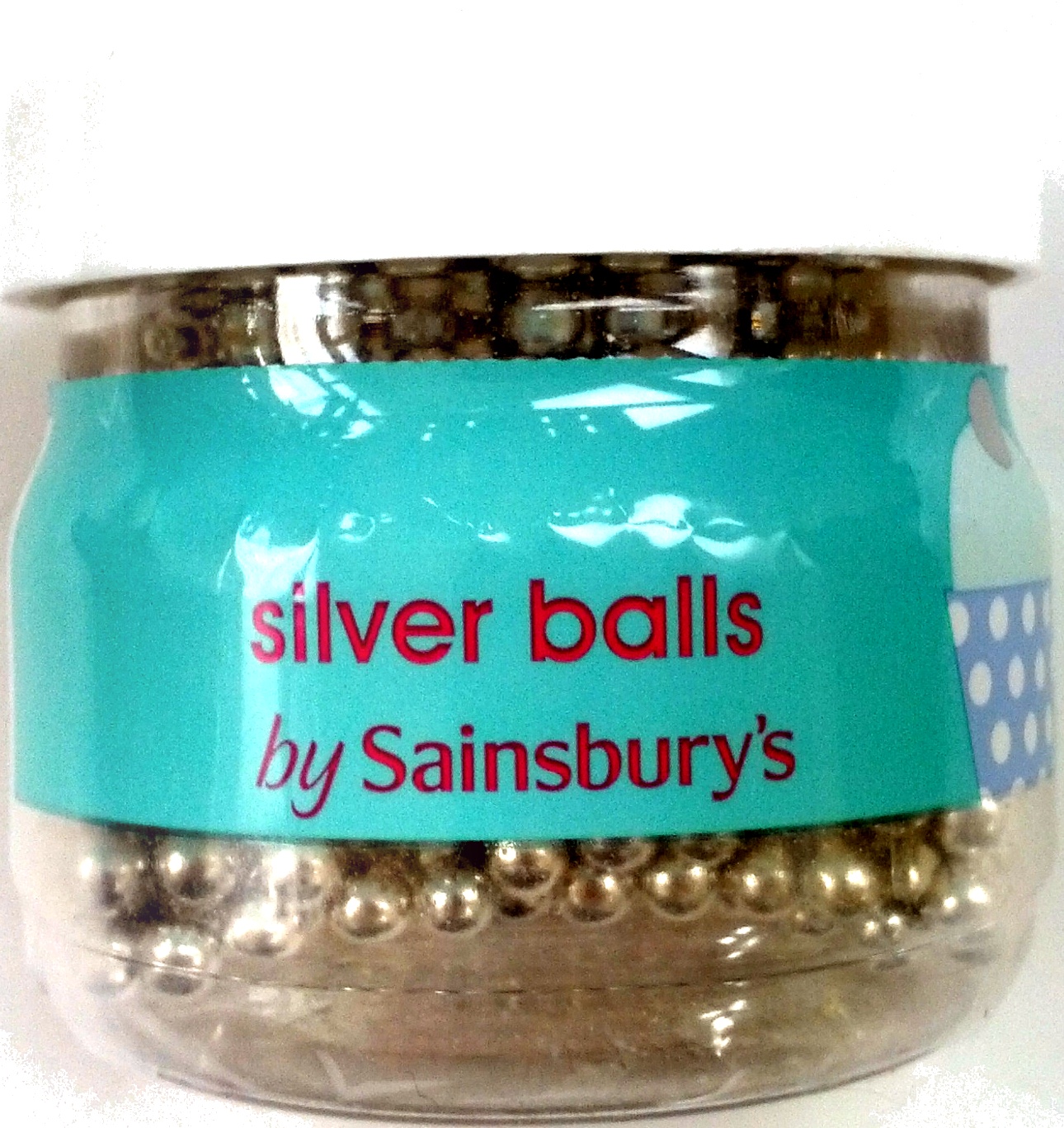Silver Balls - Sainsbury's - 78g
Ambiguous barcode: This product has a Restricted Circulation Number barcode for products within a company. This means that different producers and stores can use the same barcode for different products.
×
This product page is not complete. You can help to complete it by editing it and adding more data from the photos we have, or by taking more photos using the app for Android or iPhone/iPad. Thank you!
×
Barcode: 01816761
Common name: Sugar balls coated with silver
Quantity: 78g
Brands: Sainsbury's, by sainsbury's
Categories: Snacks, Sweet snacks, Confectioneries, Candies
Stores: Sainsbury's
Countries where sold: United Kingdom










